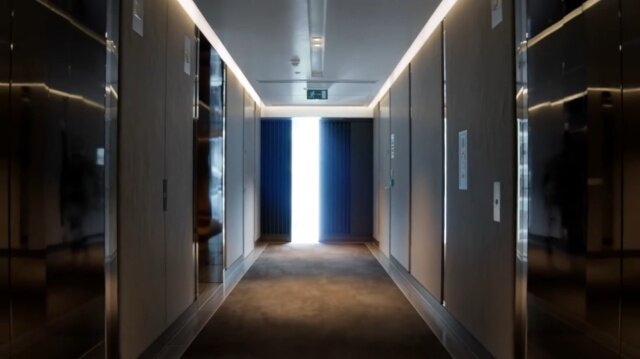Ninja Theory, the developer of’Hellblade’, revealed the development process of another new horror game,’Project Mara’.
Ninja Theory today (19th) unveiled three Dread Note diaries, a documentary that describes the company’s game development process. The first and second episodes uploaded so far depicted the development process of Senua: Hellblade 2, but the three released this time focused on Project Mara, which had not been disclosed in detail.
As Hellblade deals with the story of a Celtic female warrior who fell into mental illness due to the shock of the annihilation of a tribe, Hellblade focused on depicting natural environments such as mountains, rivers, and stones as realistic as possible in addition to mental illness. On the other hand, Project Mara deals with psychological anxiety, mental illness, and fear in modern everyday spaces. In the video, the development team of Ninja Theory draws the space realistically, and contains the research contents to maximize the sense of immersion.

Tamim Antoniades CCO (Chief Creative Officer) stated that “Project Mara was an attempt to capture the reality to an obsessive degree,” and explained how this was implemented from the basic stage. Objects are basically in 3D, but when viewed with human eyes, they appear flat from a distance and appear three-dimensional only when they are close. Everyone is basically aware of this, but didn’t care about the’trivial’ parts.
Antoniades CCO noted the process in which things such as borders and edges, fibers, and dust appear flat or flat from a distance, and then begin to come into the eyes as they approach and form a three-dimensional effect. And when you look at an object up close, the three-dimensional effect and texture are also intended to be the same as what you see.

Project Mara’s background is an apartment in real life, and the production crew filmed all the objects there under various lighting environments to completely capture the apartment in the game. For some objects, a part of the surface was sampled, scanned, and analyzed the texture of the surface one by one. Based on this process, we tried to implement detail maps and shaders, and ultimately, we wanted to capture the’real space seen through the human eye’ beyond just realistic.

Efforts to make not only the appearance of the object but also the sense of space felt by the public eye have been revealed. The art team has accumulated vast cloud points by scanning the entire apartment for days with a lidar scanner. As these cloud points are too vast to be manually worked on, environment artists have modified rendering tools such as Houdini to allow cloud points to be rendered directly into objects.



Antoniades CCO described Project Mara as aiming for “something other than a game, a movie,” and going through an experimental production process like this to make the “most realistic game”.
Information on Ninja Theory’s new work, Project Mara, will be official websiteIt will be released through and YouTube.
